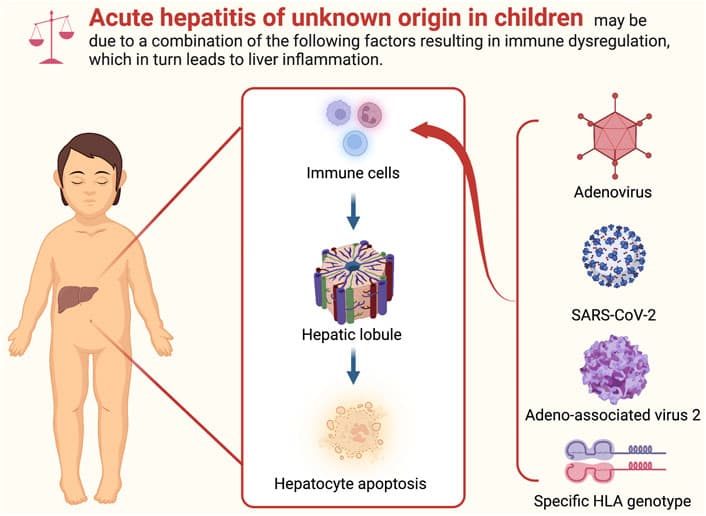Study Links AAV2 Co-infection to Severe Acute Hepatitis in Children

A recent study published in Nature journal reveals a significant association between co-infection with Adeno-associated virus type 2 (AAV2) and acute severe hepatitis of unknown origin in children across the United States. The research, co-authored by R. Taylor Raborn, a prominent bioinformatics research scientist at the National Biodefense Analysis and Countermeasures Center (NBACC), suggests that AAV2 may play a critical role in the severity of this mysterious liver condition.
The investigation analyzed samples from 16 pediatric cases of acute severe hepatitis, alongside 113 control subjects. Findings indicated that AAV2 sequences were detected in 93% of cases where whole blood or plasma samples were available, a stark contrast to only 3.5% of controls. All 14 cases with available samples also tested positive for human adenoviruses (HAdVs), primarily HAdV-41.
R. Taylor Raborn, whose expertise lies in genomics and cis-regulatory regions, was instrumental in the bioinformatics analysis for the study. His work, alongside a team of researchers, identified a distinct strain of AAV2 associated with these cases. The study further noted that other co-infecting viruses, such as Epstein-Barr virus (EBV) and human herpesvirus 6 (HHV-6), were frequently detected in cases but rarely in controls.
The researchers propose that the severity of the liver disease may be linked to co-infections involving AAV2 and one or more helper viruses, such as adenoviruses or herpesviruses. This hypothesis is supported by observations that AAV2 viral loads were significantly higher than HAdV loads in co-infected patients. The study suggests that reduced immunity in young children due to decreased exposure to common viral pathogens during the COVID-19 pandemic might have contributed to their vulnerability to multiple infections and more severe disease manifestations.
While the study establishes a strong association, it emphasizes that a direct causal link between AAV2 co-infection and the development of severe hepatitis has yet to be definitively confirmed. Further research, including serologic surveillance and animal models, is recommended to fully understand the pathogenic role of AAV2 in this emerging health concern.